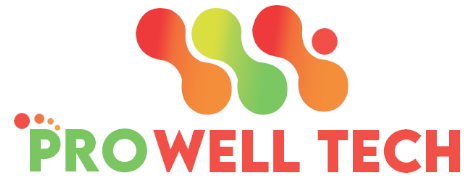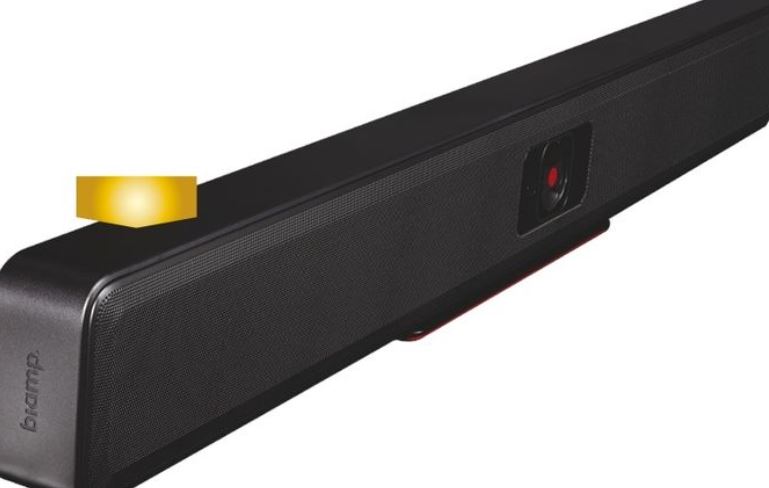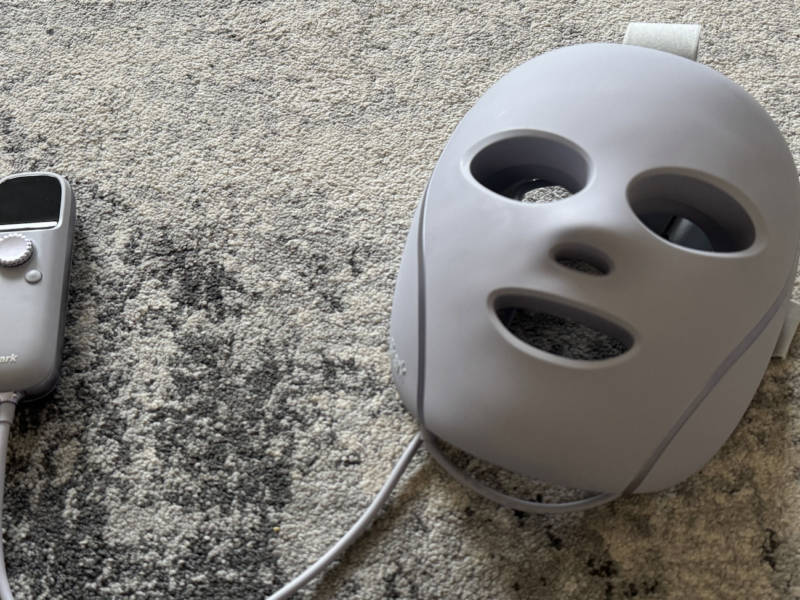Contents
Potensic Atom 2 Drone Review
Potensic Atom 2: the newest generation of consumer drones, putting it in the exceptionally competitive sub-250g segment. This weight category is essential since it commonly releases the drone from tighter restrictions in large parts of the world, making it especially attractive to hobbyists when taking a trip. The Atom 2 is presented as a direct rival to DJI’s long-time dominance of the drone market, especially in their Mini series. It’s a goal that shows in the reviews, calling it one of the “best DJI alternatives available” and a “beginner drone that can rival the DJI Mini 4K”. This puts them square in the path of potential buyers of DJI products, so perhaps unsurprisingly, you’ll see us directly comparing the products in this review.
The Atom 2 drone is designed to cater to a wide range of users, from novices embarking on their first flight to experienced professionals seeking a compact package with significant power. Its promise of “solid performance across the board” emphasises providing consistent quality and reliability in all facets of its operation. From casual users to content creators, this wide reassurance is complemented by introducing innovative features like intelligent flight modes and high-resolution images for a broader audience.
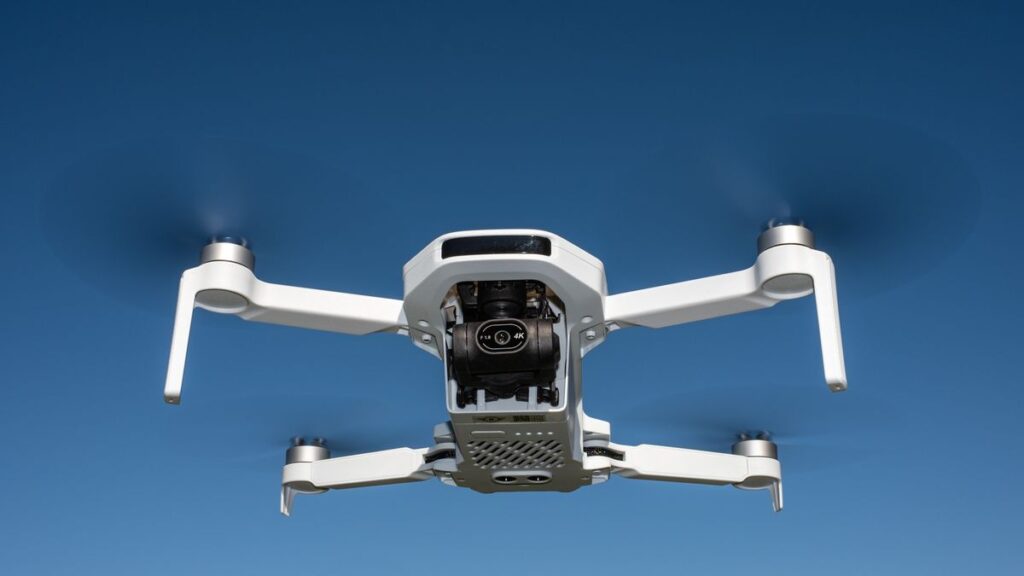
The Potensic Atom 2 has many features that grab attention in crowded markets. A big part of this is the ability to take 8K photos at 48 MP and record 4K HDR videos, making it a compelling imaging platform, given its presumed size and price. With up to a 10km video transmission range, we should expect good connectivity and longer flights, but we’ll need to discuss the practical implications of BVLOS. Adding a level of sophistication and flight creativity not available in many more expensive drones, AI-powered tracking (AI Track via Spotlight, Follow, and Parallel modes) and intelligent flight modes (AI QuickShots from Dolly Zoom to Pull-away) provide the consumer with many available shooting parameters.
Much improved over the original Atom is a refreshed remote controller, which is now capable of a 10km range and relaying a much crisper 1080p/30fps live-view feed. This is a standard limitation in budget drones. The improved ergonomics with customisable buttons on the controller make for a more intuitive and comfortable flying experience. Under 249g, the drone’s light weight is a selling point for travellers and those who want to avoid registration in some parts of the world. The new camera has a larger sensor (1/2” Sony CMOS as opposed to the previous 1/3” sensor ) and a 48MP effective still resolution, yielding better image quality and detail.

Design and Build Quality
Design-wise, the Potensic Atom 2 is aesthetically similar in size and shape to many mini-drones, and its overall look is just a smaller variant of the original Atom. This evolutionary approach indicates a potential emphasis on refinement. The construction is called “solid” and “polished”, suggesting a level of craftsmanship that inspires confidence. Light grey colour schemes are typical on drones.
Yes, the updated remote controller is an ergonomic field that needs improvement. It earns acclaim for its improved feel and durability over the original Atom’s controller. The controller is “heavy-duty”, feels “phenomenal”, and offers better handling. Your comfort and control are catered for with improved grips, a dedicated cable slot, and a customisable button setup. Tuck-away sticks are also a nice design touch for portability. The phone mount’s ergonomic, symmetrical pull-out design is user-friendly, too.
The Potensic Atom 2 is incredibly lightweight (less than 249g) due to the crafty use of materials, perhaps long-lasting plastics. As the original Atom felt “plasticky” with less durable propellers, Atom 2 has been reported to have “excellent build” quality. The foldable nature makes portability a strong point. It folds up small, so it travels well.
Next up is a unique design innovation, a claimed 40% reduction in propeller noise from a new propeller design. The controller’s control sticks tuck away to make it more portable. A blinking green LED on the back makes it visible. One pronounced disadvantage is the lack of anti-collision mechanisms. One test casts doubt on the basic downward vision system’s effectiveness.
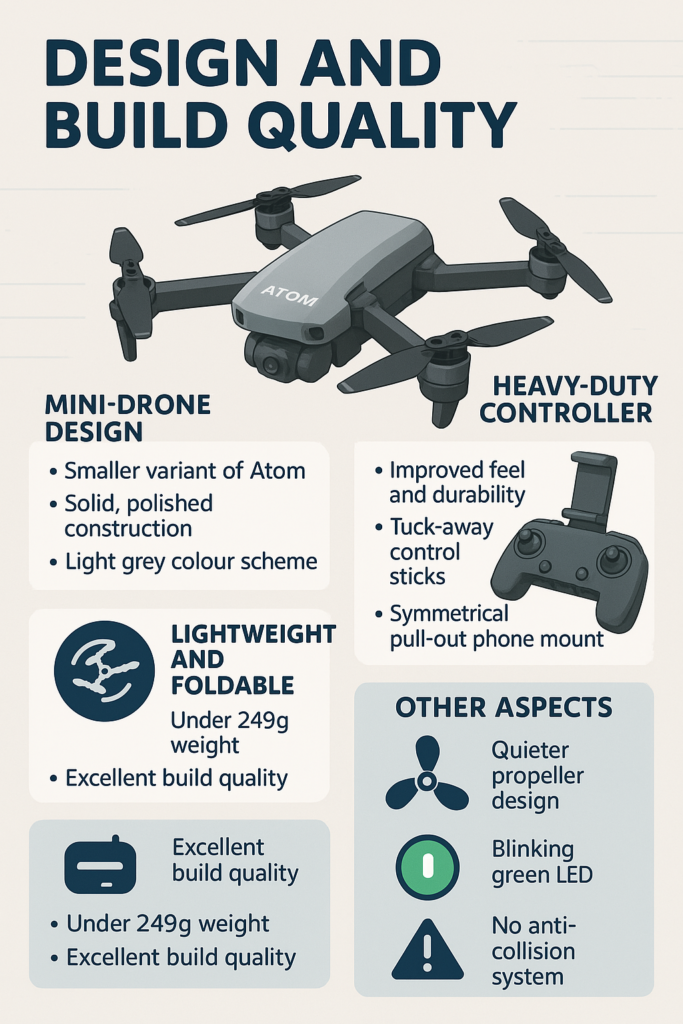
Performance Analysis
Potensic Atom 2 is widely claimed to fly very well and has responsive and smooth controls. GNSS provides extremely high-precision fixed-wing response with zero drift during hover and satellite lock-on within seconds. The controller is more reactive than the original’s, resulting in meatier manoeuvres.
It provides Level 5 wind protection (up to 23.6mph) and flight modes like Video, Normal, and Sport, the latter of which can reach 35.8mph. A new thrust from the SurgeFly system improves thrust and command response.
The advertised flight time is up to 32 minutes, but testing was around 22 minutes. I recommend the Fly More Combo with three batteries and a fast charger. It can charge three batteries at a time in approximately 1.3 hours. The controller is rated to last 4 hours and supports 18W fast charging.
With the new controller and PixSync 4.0, the drone features a 10 km video transmission range. The controller is fitted with a directional antenna. Live view: 1080p @ 30fps, ms latency. The connection uses OTG USB cables (Type C and Lightning types are included). The real-world range can vary.
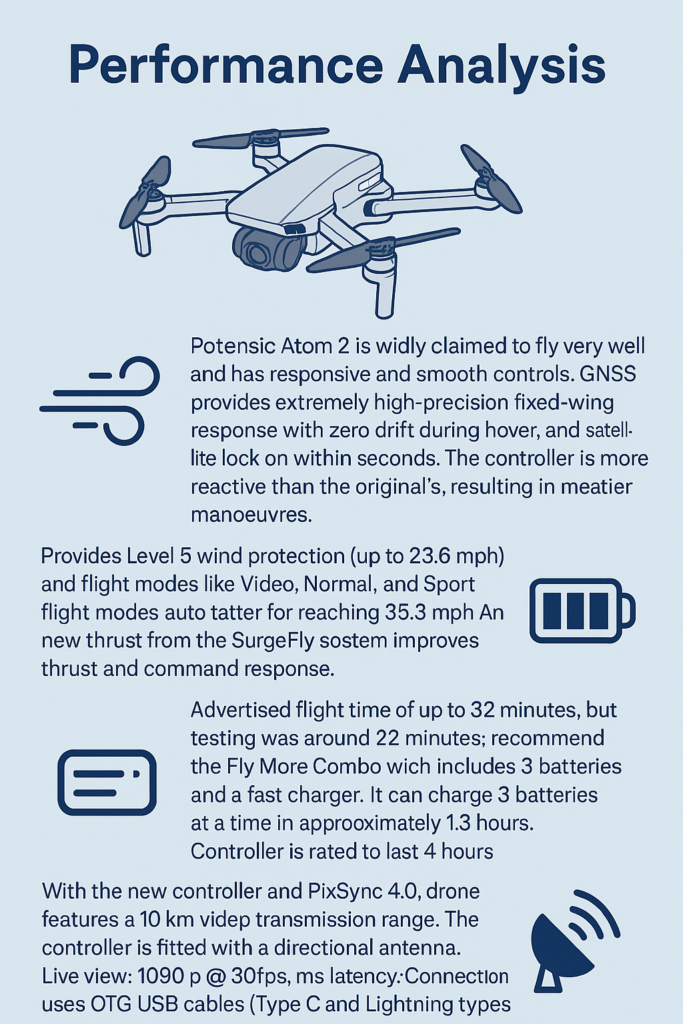
Photography and Imaging Features
Atom 2 utilises a 12/48MP 1/2-inch Sony CMOS sensor with 4-in-1 pixels. It takes 8K (48MP) photos in JPEG and 12 MP in RAW (DNG) and JPEG. Video recording comes up to 4K at fps with HDR. Sharpness is good in the centre, but there is some edge fall-off, vignetting, and inconsistent white balance in stills. Video quality is usually much better. There were reports of noise in 4K video from a few users. Its low-light capabilities underperformed in one test, although AI Super Night Mode was designed to help. The lens is a fixed-focus 26mm equivalent f/1.8, with a focus distance between 4m and infinity (79.4-degree FOV).
It has a 3-axis mechanical gimbal, EIS for stabilisation on the ground, and an Atom 2. We have not tried it yet after just terminating a connection. The gimbal can be used at a tilt of -90 to +20 degrees. Users’ feedback regarding stabilisation is good.
AI Track has Spotlight, follow, and Parallel modes, which are said to be effective. AI QuickShots include Dolly Zoom, Pull-Away, Spiral, Rocket, Circle, and Boomerang, each producing mostly professional-looking videos, although the quality of Dolly Zoom drops at max zoom. 8K images are fused together in panorama mode as individual photographs for manual stitching purposes. You get 4x digital zoom, 5x slow-motion in 1080p, vertical shooting, timelapse, and AI Night mode.

Are You a Beginner or an Experienced User?
The Atom 2 is three-channel with easy-to-use controls. In addition to flying, setup includes downloading the Potensic Eve app and connecting the drone with the controller and mobile device. The app guides activation and has an easy-to-navigate interface. Flying is simplified with one-key takeoff and landing.
The revamped controller is ergonomically designed and responsive and features customisable sticks and buttons. Its companion Potensic Eve app offers flight record replay and a useful reminder.
Thanks to its simplicity, the Atom 2 is perfect for beginners. The app includes on-screen directions and tutorials, as well as basic safety guidelines and pre-flight checklists.
Safety Options and Trusted Reliability
Safety features include GPS (GNSS: GPS + GLONASS + Galileo + BeiDou) and Return to Home (RTH) with Dynamic Home Point. It also features an optical flow system and ToF sensors for indoor flight, Level 5 wind resistance, and cruise control. It has geo-zone warnings and smart reminders. Most notably, it does not do obstacle avoidance. It comes with a built-in Remote ID (RID).
RTH is generally reliable. Wind resistance — all-around reliability at moderate wind levels. One test questioned the effectiveness of the downward vision system. Auto-RTH reportedly works reliably.
Comparative Analysis
The Atom 2 will compete with the DJI Mini series (especially the Mini 4K and Mini 3 ) and the Holy Stone HS900. It’s feature-wise between the DJI Mini 3 and Mini 4 Pro, though it surpasses the DJI Mini 4K in some regards. The Atom was its competitor to the DJI Mini 2 SE and Mini 4K.
Strengths: It usually has more features than similarly priced models from DJI (AI tracking, 8K photos, HDR video, Dynamic Home Point). It has a newer controller that extends the range and improves the live view. It has a competitive price. It has a vertical shooting mode.
Areas for Enhancement: With 48MP photos in JPEG only, obstacles cannot be avoided. There is no histogram. Inconsistent image quality is reported. The lens is fixed-focus. Battery life may be less than advertised in practice. The build feels less premium compared to using it. There were no waypoints at launch.
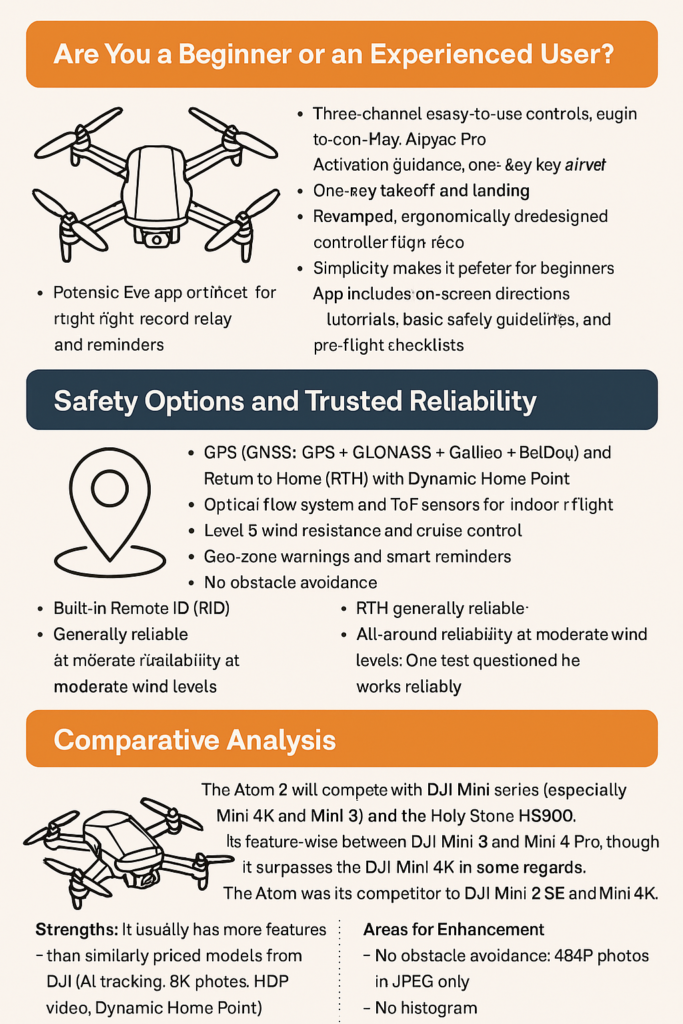
Pros and Cons
Pros:
Don’t need to register a drone if it is under 249g.
It has a great controller with a refined range and ergonomics.
Responsive controls and stability mean good flight performance.
Level 5 wind resistance.
8K photos and up to 4K HDR videos.
Smart tracking and intelligent flight modes powered by AI.
Long transmission range (10km video transmission).
A user-friendly control system and apps.
Competitive price point.
Cons:
No obstacle avoidance.
48MP photos in JPEG only.
No histogram for exposure.
Uneven image quality at times, potentially.
Fixed-focus lens.
The actual battery life in the wild may be lower than rated.
Build quality could be marked slightly down compared to competitors.
No waypoints at launch.
Conclusion and Recommendations
The first thing to say about this drone is that if you’re looking for a sub-250g, this is a great one to consider – and far more capable than its predecessor, with enhancements made particularly to its camera and controller. With a competitive price and a complete feature set, including AI tracking and intelligent flight modes, it is a worthy competitor to DJI. Even though it doesn’t offer obstacle avoidance and its cameras have some limitations in advanced functionality, the Spark’s portability, simplicity, and performance make it an excellent option for a broad audience.
The Atom 2 is very much for a novice, offering an easy entry to the world of drone flight via user-friendly controls and supporting app features. Lack of obstacle avoidance, however, means you’ll want to be careful over open spaces. The DJI Mini 4 Pro offers a comprehensive range of features for aerial photography and videography, and its upgraded controller enhances the quality of footage in a broader range of conditions, making it an excellent choice for hobbyists seeking to enhance their skills. OSMO Pocket 2 Pro is a valuable tool for niche professional users due to its offerings, but it will determine if they can do their work quickly.
Overall, for the price, the Potensic Atom 2 delivers a decent balance of features and performance, making it a serious contender in the sub-250g space. It is particularly attractive for beginners and hobbyists looking for a capable, well-priced pocket drone.
